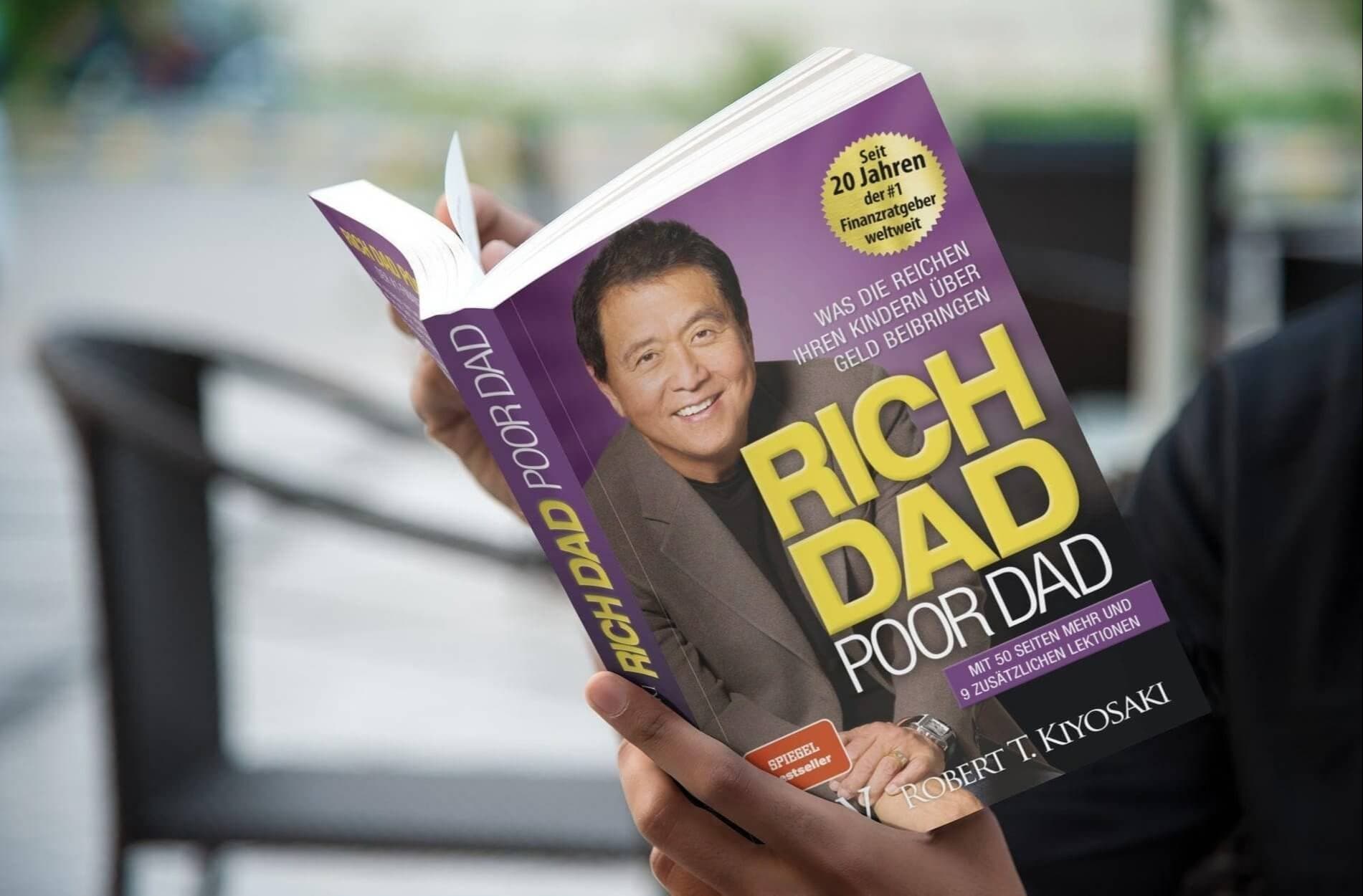10 Key Lessons from 'Rich Dad Poor Dad'
Rich Dad Poor Dad by Robert Kiyosaki is one of the most influential personal finance books ever written. It contrasts the mindset of the “Poor Dad” (work for money, avoid risk) with the “Rich Dad” (make money work for you). Below are ten key lessons presented from 10 down to 1, with in-depth explanations and related resources for deeper learning.

10. Cultivate a Growth Mindset
Kiyosaki underscores that wealth creation is a lifelong journey, not a single event. A growth mindset lets you view failures as data, pivot strategies, and continuously refine your financial skills. Without it, even strong plans can stall because fear of mistakes prevents action.
Practical step: schedule regular reviews of your finances and investments. Treat every setback as a “tuition fee” for the lesson it teaches. Read more: Growth Mindset & Money
9. Stay Grounded
Building wealth starts with a stable foundation: budgeting, emergency savings, and manageable debt. Kiyosaki warns against chasing flashy investments without first securing basics like cash reserves and steady cash flow.
Start small—automate savings, maintain a lean lifestyle, and expand only when fundamentals are solid. This discipline keeps you resilient during market downturns. Read more: Start Small, Scale Smart
8. Embrace the Power of Mentors
Rich Dad himself served as Kiyosaki’s mentor, illustrating the value of guidance from those with proven success. Mentors can shorten your learning curve by sharing strategies, pitfalls, and insider perspectives.
Seek mentors through professional groups, investment clubs, or industry events. Approach them with specific questions and a willingness to provide value in return. Read more: Finding Financial Mentors
7. Take Calculated Risks
Avoiding risk entirely often leads to stagnation. Kiyosaki advises taking well-researched risks where the upside outweighs the downside, such as buying undervalued property or starting a small side business.
Evaluate risk by analyzing market data, creating worst-case scenarios, and setting clear exit strategies. Diversify so that one misstep does not jeopardize your entire portfolio. Read more: Calculated Risk-Taking
6. Educate Yourself
Financial literacy—understanding assets, liabilities, taxes, and market trends—is the engine of wealth. Kiyosaki argues that formal schooling rarely teaches money management, so self-education is essential.
Read investment books, attend workshops, and follow reputable financial analysts. Knowledge compounds just like money, giving you an edge in every decision. Read more: Financial Education Roadmap
5. Build Multiple Streams of Income
Depending on a single paycheck leaves you vulnerable. Kiyosaki advocates for multiple income streams—rental properties, dividends, royalties, or a side business—to cushion against economic shocks.
Begin by allocating part of your savings into small, manageable investments that can grow into significant passive income over time. This diversification creates true financial freedom. Read more: How to Build Multiple Income Streams
4. Focus on Creating Wealth (Not Just Earning)
High earnings mean little if money flows out as fast as it comes in. Kiyosaki stresses that wealth is measured by how long you could live if you stopped working today.
Direct your energy toward acquiring appreciating assets—real estate, businesses, intellectual property—rather than chasing higher salaries alone. Read more: Wealth vs Income
3. Embrace the Power of Networking
Strategic relationships can provide deals, partnerships, and opportunities inaccessible through job boards or public listings. Rich Dad teaches that who you know can be as important as what you know.
Attend industry events, contribute to online communities, and cultivate authentic connections by offering help before asking for favors. Read more: Networking for Wealth
2. Understand Assets vs Liabilities
This is the book’s cornerstone: assets put money in your pocket; liabilities take it out. A house you live in is usually a liability (due to maintenance and taxes), while a rental property that generates income is an asset.
Make every major purchase pass the “asset test.” If it doesn’t generate cash flow or appreciate in value, reconsider.
| Characteristic | Asset | Liability |
|---|---|---|
| Cash Flow | Positive — adds income | Negative — ongoing expense |
| Examples | Rental property, dividend stocks, business ownership | Consumer debt, car loans, high-maintenance purchases |
| Goal | Acquire and grow | Minimize or eliminate |
1. Be Rich in Relationships
At the heart of lasting wealth is the quality of your relationships. Trustworthy partners, supportive friends, and strong family ties create a network of resilience that money cannot buy.
Invest time in nurturing these connections—offer help, share knowledge, and celebrate others’ successes. Financial opportunities often arise naturally from a well-tended community.
Quick Takeaway
- Think like an owner — prioritize assets over liabilities.
- Keep learning — financial literacy compounds.
- Network intentionally — mentors and peers open doors.
- Diversify and protect downside — calculated risk is key.
